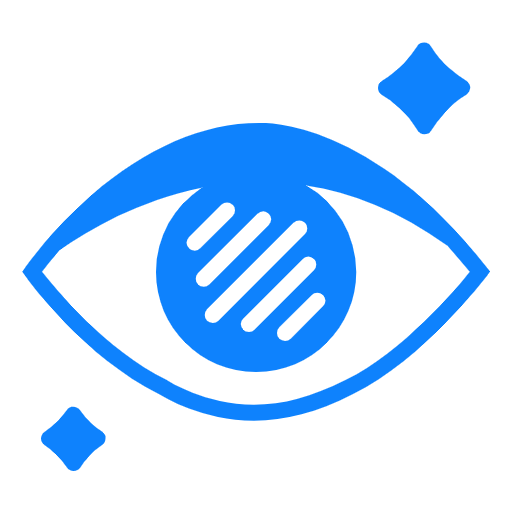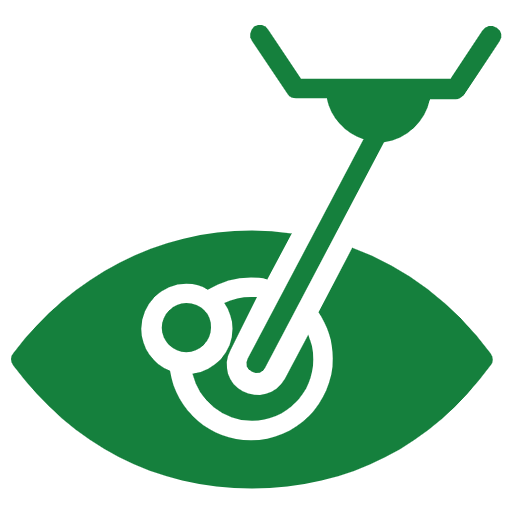
Cataract
A cataract is a condition where the natural lens of the eye becomes cloudy, making your vision blurry, dim, or distorted. It’s like looking through a foggy window — and over time, it can seriously affect your ability to see clearly, especially at night or in bright light.
Cataracts usually develop gradually with age, but they can also be caused by:
- Diabetes
- Long-term use of steroids
- Eye injuries
- Smoking
- Family history
- Exposure to UV rays
- It’s one of the most common causes of vision loss, especially in people over 50 — but the good news is, it’s treatable.
Common Symptoms of Cataracts
- Blurry or foggy vision
- Trouble seeing clearly at night
- Sensitivity to light and glare
- Seeing halos around lights
- Faded or yellowish colors
- Frequent changes in glasses or contact lens prescriptions
- Double vision in one eye (sometimes)
These symptoms often start mild and worsen over time — which is why regular eye check-ups are important.
Treatment for Cataracts
The only effective treatment for cataracts is surgery — but don’t worry, it’s one of the safest and most successful procedures in modern medicine.
Cataract Surgery: How It Works
- The cloudy lens is removed from your eye
- It is replaced with a clear artificial lens (called an IOL – intraocular lens)
- The procedure is usually quick (15–30 minutes) and done under local anesthesia
- No stitches are needed in most cases
- You go home the same day
- Most people notice clearer vision within a few days
There are also advanced lens options available now that can reduce your need for glasses after surgery (such as multifocal or toric lenses).
When Should You Get Cataract Surgery?
If cataracts are starting to affect your daily life — like driving at night, reading, or recognizing faces — it may be time to consider surgery. Your eye doctor will guide you on the best time to proceed.
Get a free consultation
services
Eye Care Services
A cataract is a condition where the natural lens of the eye becomes cloudy, making your vision blurry, dim, or distorted. It’s like looking through a foggy window — and over time, it can seriously affect your ability to see clearly, especially at night or in bright light.

See Life Clearly — Without Glasses or Contacts
Waking up and seeing the world clearly without reaching for your glasses — that’s the freedom LASIK offers.
LASIK (Laser-Assisted In Situ Keratomileusis) is one of the most advanced and trusted vision correction procedures in the world. It works by reshaping the cornea using a precise laser, allowing light to focus properly on the retina — resulting in sharper, clearer vision.
Protecting the Window to Your Vision
The retina is the thin layer of tissue at the back of your eye that senses light and sends signals to your brain — it’s what allows you to see. When something goes wrong with your retina, it can affect your vision permanently. That’s why timely diagnosis and treatment are crucial.
Protect Your Vision Before It’s Too Late
Glaucoma is often called the “silent thief of sight” — because it causes slow, irreversible vision loss with little to no symptoms in the early stages. It damages the optic nerve, usually due to high pressure inside the eye, and if left untreated, can lead to permanent blindness.




